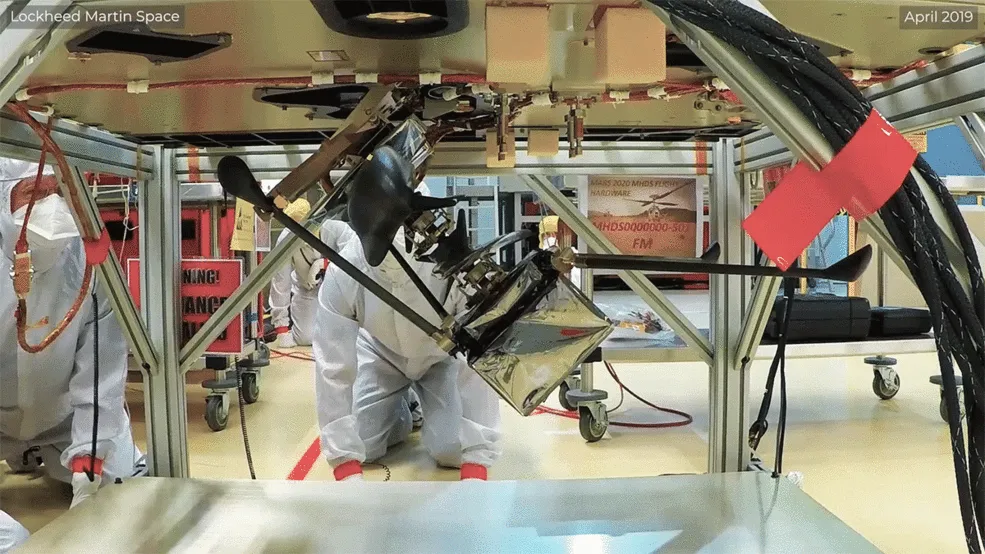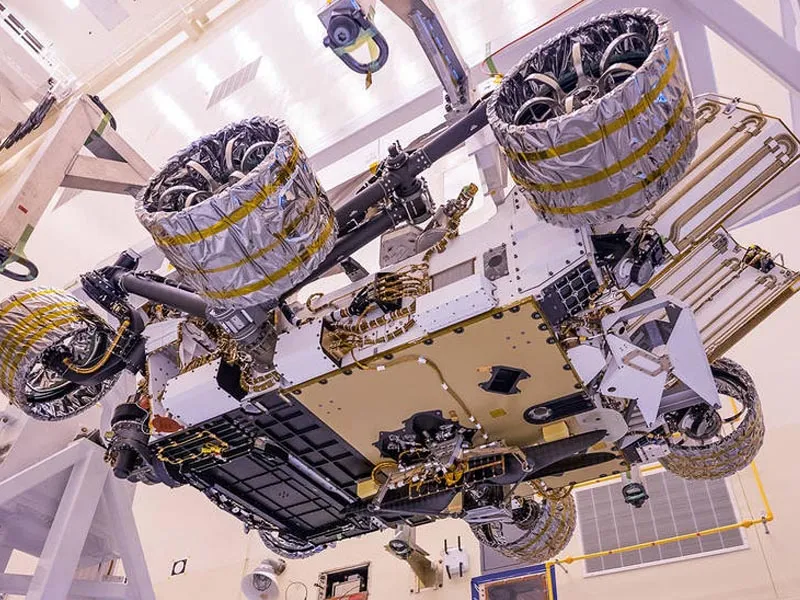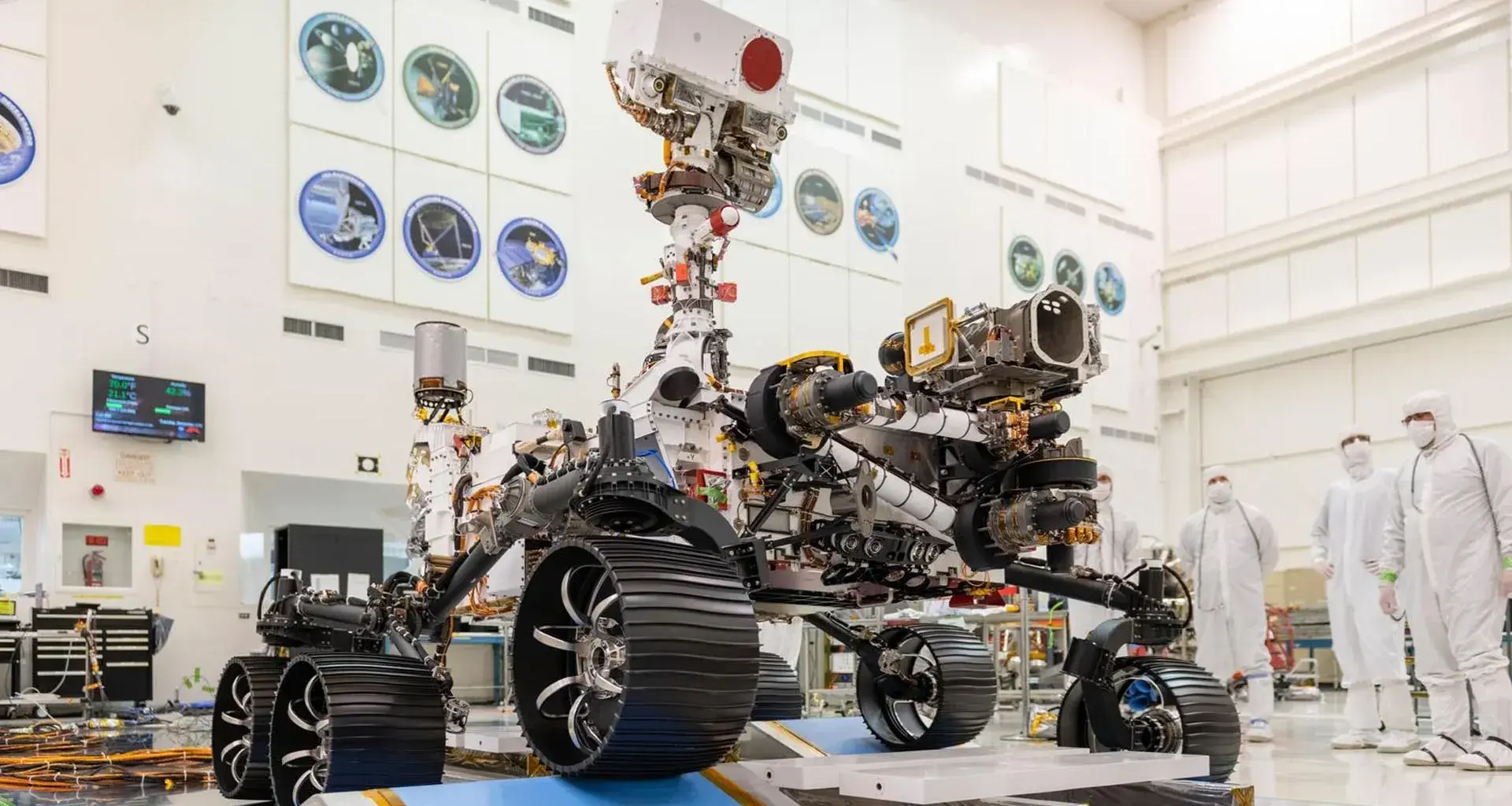Mexican engineer and Tec de Monterrey graduate Fernando Mier-Hicks designed the simulators that have allowed NASA to test some of the Mars-bound Perseverance rover’s functions.
The rover is recognized by the space agency as: “the most complex robotic system that has ever flown into space”, which will be sent to the red planet at the end of July or in early August as part of the Mars 2020 mission.
Since joining NASA’s Jet Propulsion Laboratory (JPL) just over three years ago, Fernando Mier-Hicks has been commissioned to design equipment to test the robotic arm and the testing system for the new rover.
A small helicopter was integrated into this system, which will be the first flying object of its kind to cross the skies of another planet.
Like its predecessors (Pathfinder in 1996, Spirit and Opportunity in 2003, and Curiosity in 2011), Perseverance will land on Mars, but this time on an astrobiology mission to look for microbial life and describe the climate and geology of the red planet.

The robot, which is similar in size to a Mini Cooper and weighs just over a ton, has a collection and sealing (canning) system inside it so it can take and keep samples.
This mechanism was tested in JPL laboratories using an electronic “ground support equipment” simulator developed by Fernando Mier-Hicks and a team of engineers.
“It works like a small canning factory inside the robot: the rover’s external arm drills into a rock, collects the sample and passes it to an internal arm, which in turn puts this sample in a tube, seals it, and then stores it along with others,” he explained.

During its mission on Mars, Perseverance is expected to collect up to 37 samples of rocky material, which the robot will deposit in the same or separate locations so that, in a couple of years, another mission will collect them.
“We’ve created more than 30 of these simulation systems, which are basically like a rack of servers with a lot of electronics inside. We use these to activate the motors and measure the rover’s sensors in a very similar way to how the robot’s computer operates,” he said.
“It works like a small canning factory inside the robot: it collects the sample, places it in a tube, seals it, and then stores it.”
The small helicopter, which has two propellers of approximately one meter in diameter and is similar in size to a softball, was also tested, using a gravity simulator (gravity offload).
This simulator was also developed by Fernando Mier-Hicks and his team, and will be sent to Mars inside Perseverance.
The team of engineers had to take into account that the atmosphere of Mars is 100 times thinner than Earth’s, and that the force of gravity of the red planet is barely a third of that on Earth.
“Mars has a very thin atmosphere through which it is more difficult to fly a helicopter: it would be like flying 30 kilometers above ground (on Earth), and a helicopter has never got that high,” said Fernando Mier-Hicks.
Perseverance is expected to land in Mars’ Jezero crater on February 18, 2021. NASA and the European Space Agency are currently planning the two subsequent missions required to return the samples collected to Earth.
Recently, Tec de Monterrey and Fernando Mier-Hicks promoted an exchange program between NASA-JPL and Mexico, which received almost 500 applications from students from the School of Engineering and Sciences at different campuses across the country.
READ MORE NEWS AT CONECTA:





